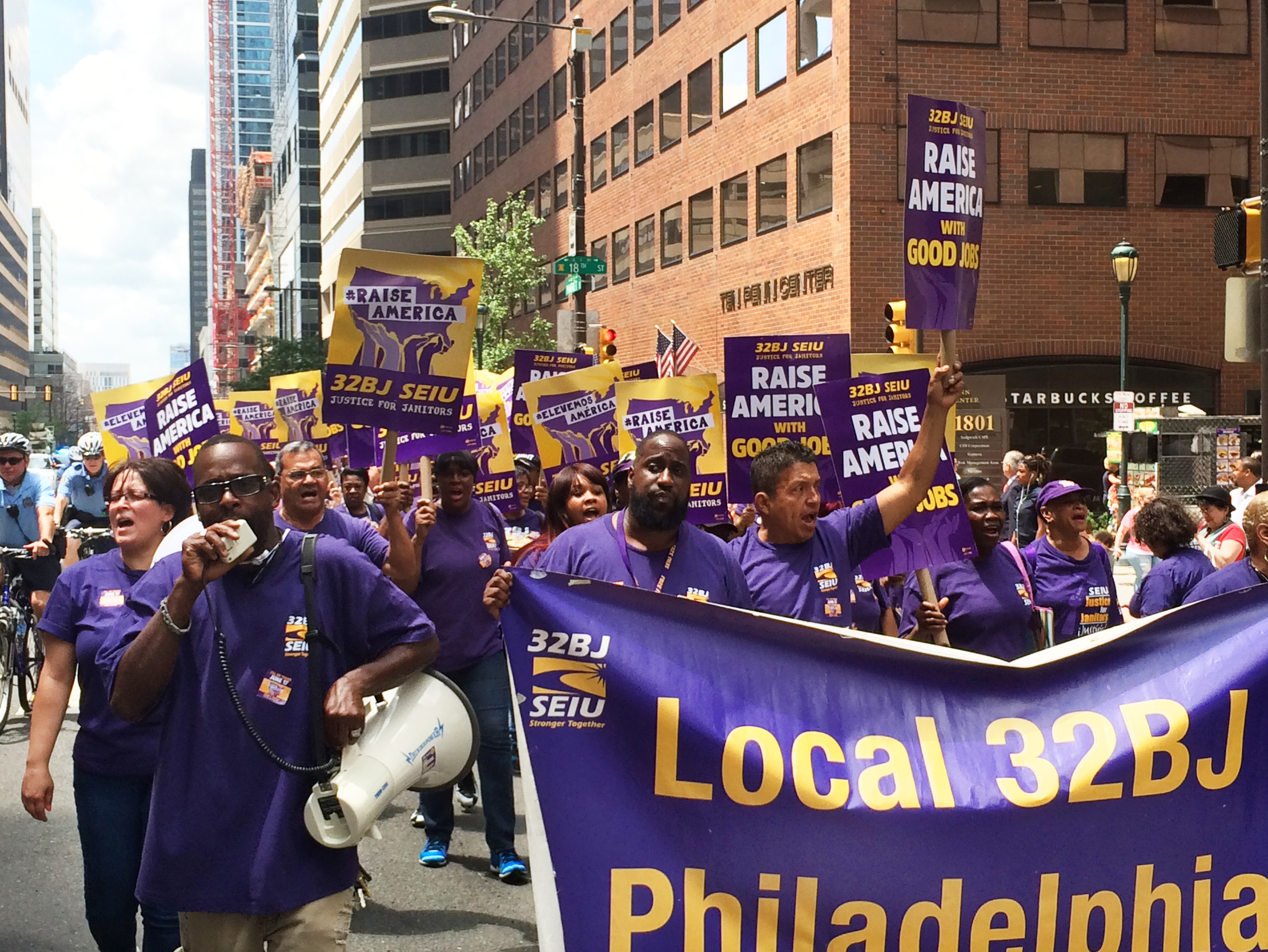
In Philly, Latinos fight for unions and living wages
Philadelphia plays a role in the national fight to raise the minimum wage, and Latinos are on the front lines.
In June, over 150 service workers from Service Employees International Union (SEIU) 32BJ — mostly Latinos and African Americans — marched through downtown Philadelphia. It was the 25th anniversary of “Justice for Janitors,” and they wanted the whole city to know it.
1990, Los Angeles: the local chapter of SEIU was trying to negotiate a labor deal for low-wage workers employed by the subcontractor responsible for cleaning municipal office buildings. The janitors, many of whom were immigrants, staged a peaceful demonstration in downtown LA. Then, some 50 baton-wielding police officers intervened and the demonstration turned violent. Dozens of workers were wounded in the conflict. But in the end, the police clash only helped bring support to the cause. The workers eventually secured a $2 an hour wage increase city wide.
Even 25 years ago and 2,700 miles away, that struggle is still relevant to Philadelphia’s labor force in 2015.
Just two weeks before the 32BJ march, Sarina Santos was reportedly fired for having too many absences. But coincidentally, Santos, 30, had been speaking out on labor issues for months. She had been earning $7.75 an hour as a baggage handler with PrimeFlight, a subcontractor with US Airways and the target of airport worker strikes last year over wages and benefits.
She was dismissed from PrimeFlight just five days after attending a high-profile function where she criticized the airport’s minimum wage pay scale. Santos was one of many low-income workers who met with Cardinal Andrés Rodríguez Maradiaga of Honduras, a close advisor to Pope Francis, to share her story about the hardships of survival on minimum wage.
An interfaith labor justice rally was held after her firing. Over the past few years, Philadelphia has become a vocal component in the national struggle to raise the minimum wage, and the Latino workforce refuses to remain invisible in Philadelphia. Still, in many ways, the city is behind others.
Big city, big picture
Increasingly frequent labor strikes at national chains (especially McDonald’s and Walmart) have forced politicians to start looking for solutions.

Early on in 2014, President Barack Obama announced a pay increase for federal workers to $10.10 per hour. But the bill to raise the national minimum wage — from $7.25 to $10.10 an hour over the course of two years — has been rattling around Congress for over two years now. Meanwhile, cities like Seattle or Chicago worked independently to pass increases in the minimum wage. Two weeks ago, the Los Angeles County Board of Supervisors agreed to raise the county’s minimum wage to $15 an hour by 2020. New York City isn’t far behind.
Philadelphia, meanwhile, has made slower progress. City Council approves raising the minimum wage for city contracted workers to $10 an hour, and after a long slog of a battle, paid sick leave finally passed earlier this year.
Thus, with or without a bill to raise the wage citywide, workers are collectively bargaining with unions.
Daisy Cruz is the district leader at 32BJ for the mid-Atlantic region, which covers Philadelphia, the surrounding suburbs, and the state of Delaware. About one-third of the union’s membership in Philadelphia is Latino, and as high as 80 percent outside the city.
32BJ’s members have three major contracts that are expiring this year, and Cruz has to make sure the new contracts uphold “family-sustaining wages.” One of these contracts in downtown Philadelphia alone affects some 2,500 property service workers from janitors to engineers.
Do Latinos have a harder time accessing union membership in Philadelphia? It varies from union to union. But for 32BJ, Cruz says that it doesn’t make a difference.
“Our Latino membership is just like the rest of our membership in that they need that go-between to help them negotiate a contract or even organize people,” Cruz said. “The average worker we’re trying to organize has the same issue everywhere — the employer doesn’t want to pay them fair wages and give them respect.”
Even if Philadelphia is moving at a slower pace than other cities of its size, it remains engaged in the battle of national significance. Cruz says that the fight for fair wages goes beyond color lines.
“It’s not only about our members that we’re trying to negotiate a contract for, it’s about lifting up America,” Cruz said. “We need to do what we have to do. We live in a city with an extremely high poverty level. Latino, African American, white American — it’s about everybody. We need to lift America.”
Moving up the ranks

Even so, getting to the bargaining table can be more difficult for Philadelphia’s Latino population — especially when it comes to moving up the ranks.
Candido Silva Jr. is outreach coordinator for AFSCME District Council 47 (the American State County Municipal Employees union), which represents about over 6,000 white collar workers in Philadelphia.
Silva knows the struggle first hand. In Philadelphia, the union doors have not been equally open to Latinos. He came up through local unions as a blue collar worker, and now, as the first Latino in his position at AFSCME DC 47, he’s trying to keep those doors open for other Latinos — even if it means he has to be the “sacrificial lamb” in the process.
“As I came up the ranks, it wasn’t easy,” Silva said. “This wasn’t handed to me. It took a lot of proving and a lot of obstacle courses.”
The paradox here is that, according to the Labor Council of Latin American Advancement (LCLAA), unions desperately need Latino workers in order to sustain their growth. Latinos are joining this unionized workforce at a faster rate than ever before, while whites are dropping out nationwide. Some studies suggest Latinos are actually more optimistic about unions than both whites and African Americans — especially in states like California where the Latino unionized workforce has grown in keeping with its population.
But in Philadelphia’s white collar workforce, Latinos only make up two or three percent, Silva estimates. Last month, AL DÍA reported that Philadelphia county’s total municipal workforce (from street cleaners to City Council members) is only 6 percent Latino, hardly reflective of the city’s 13 percent Latino population. In the U.S., public sector workers unionize at a far higher rate (36 percent) than private sector workers.
“It’s hard when you go into the barrio and see the apathy that has been created from past leadership in our community,” Silva said. “It makes my job a lot harder to do outreach, because the tools were not surrendered to our community.”
The LCLAA cautions that, as a result of being disproportionately represented in low-income jobs, Latinos are the most vulnerable workers in the nation and urgently need the protections and benefits that unions can provide. The Bureau of Labor Statistics adds that Latino workers face have the highest occupational fatality rate. Meanwhile, they also have the lowest levels of pension coverage, lowest levels of health insurance, and are also the group that earns the lowest wages.
For the part of the Latino community that lives in deep poverty in Philadelphia, union benefits could be life changing.
Weekly earnings for non-unionized workers ($763) were almost 25 percent less than unionized workers ($970), but for minorities, the numbers dipped a little below the averages on both ends.
In 2014, the average non-unionized Latino worker made $547 per week, compared to $832 per week within the union. That’s a yearly income difference of $14,820, and an hourly difference of $7.13.
For Latinas, earnings in and outside of unions are unsurprisingly lower than those of Latino males, but inarguably greater within the union. In the lowest-paying occupations, female union members earn 14 percent more than those who are not in unions.



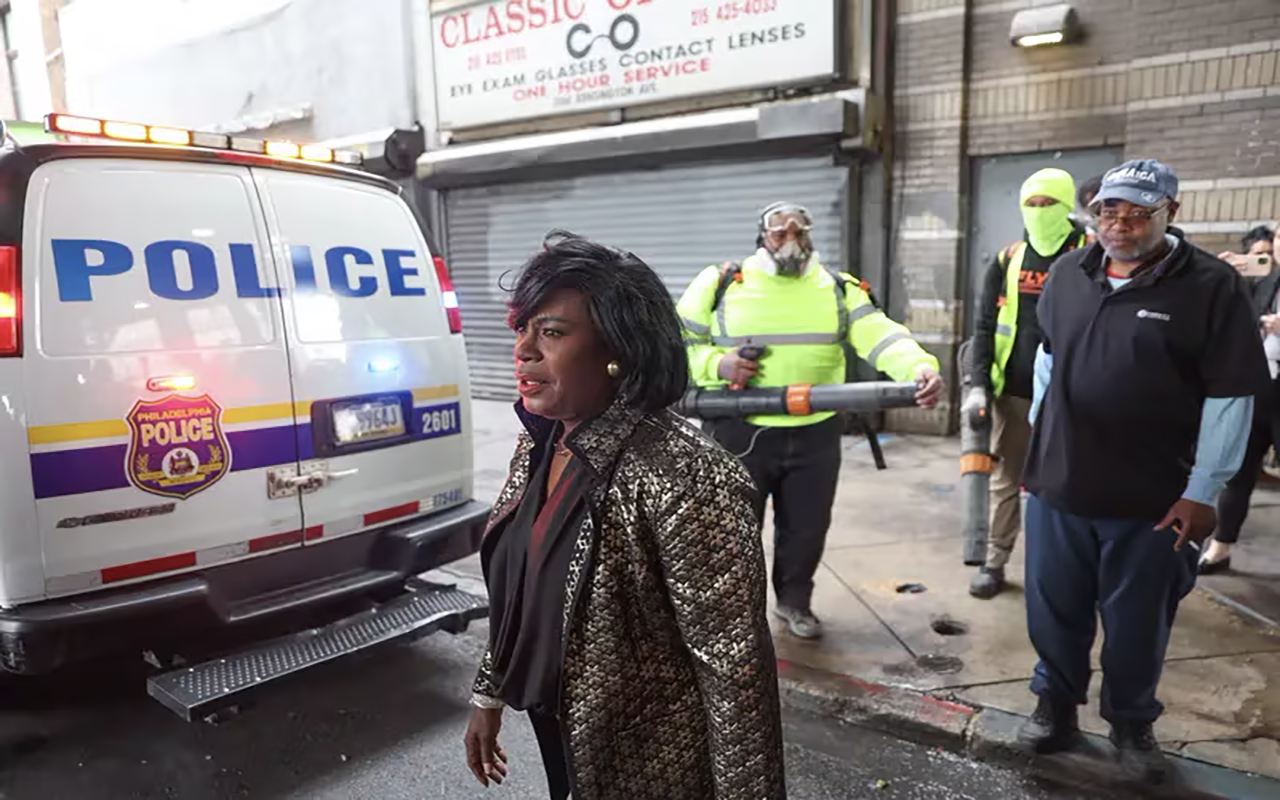
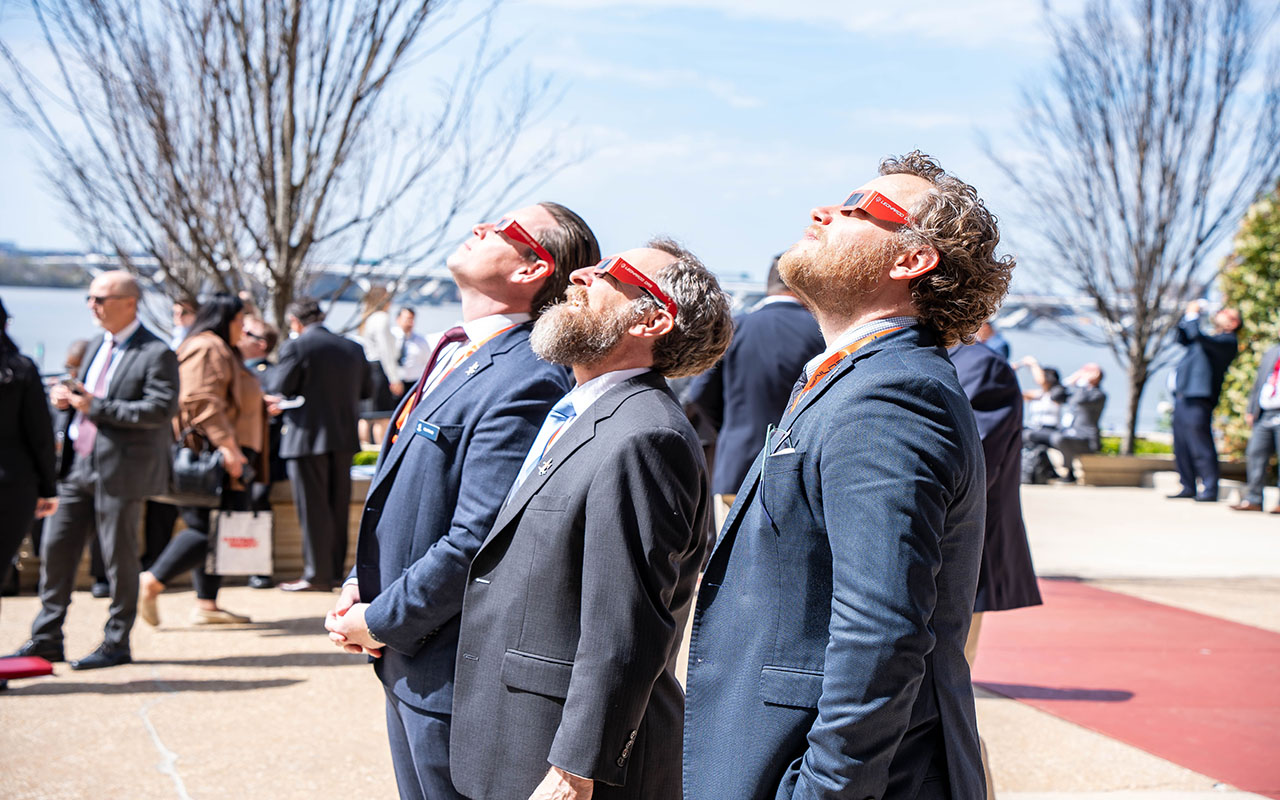


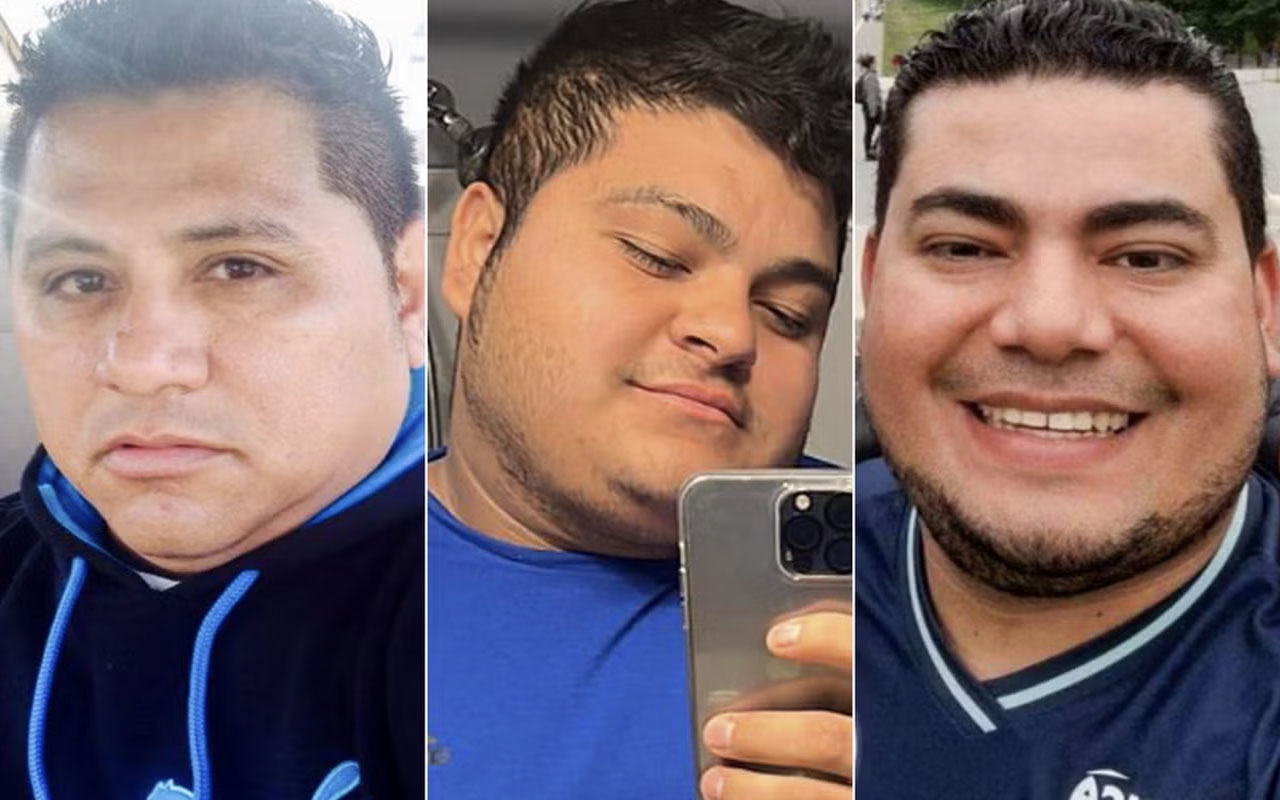
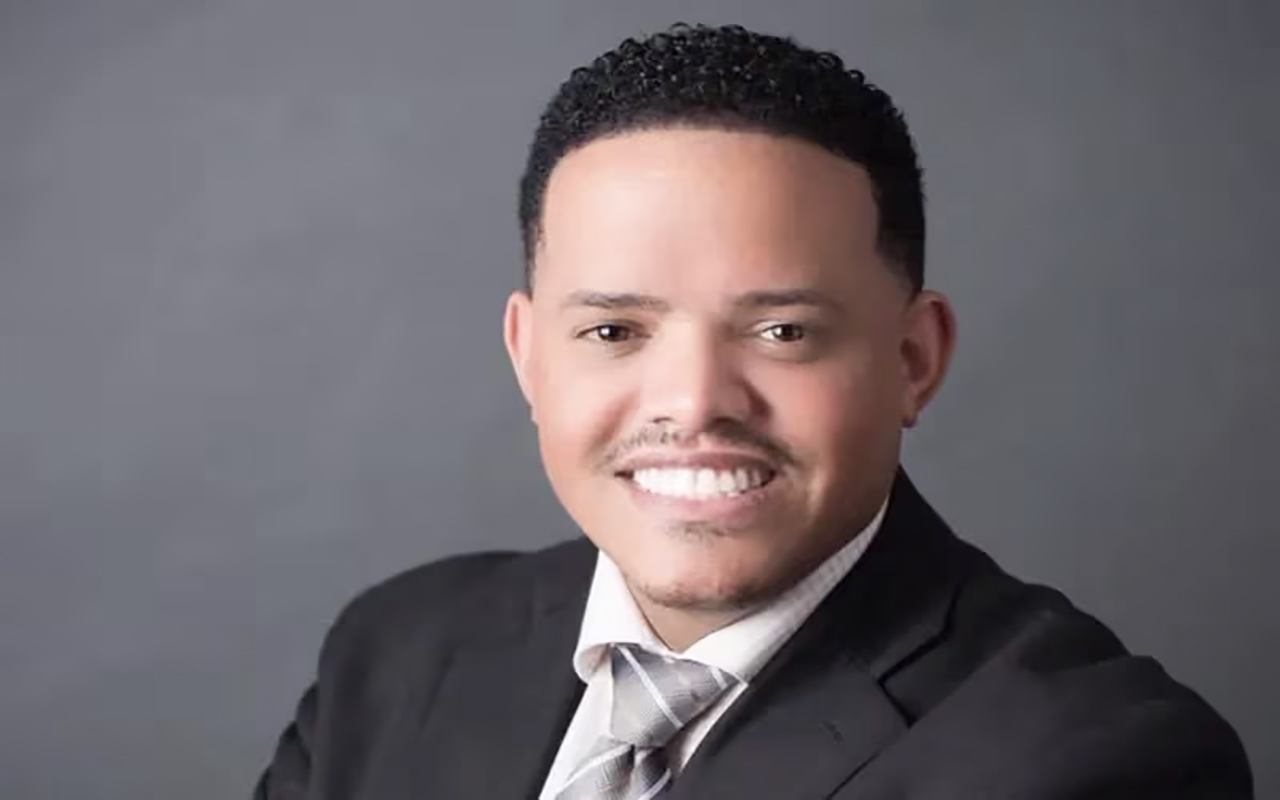
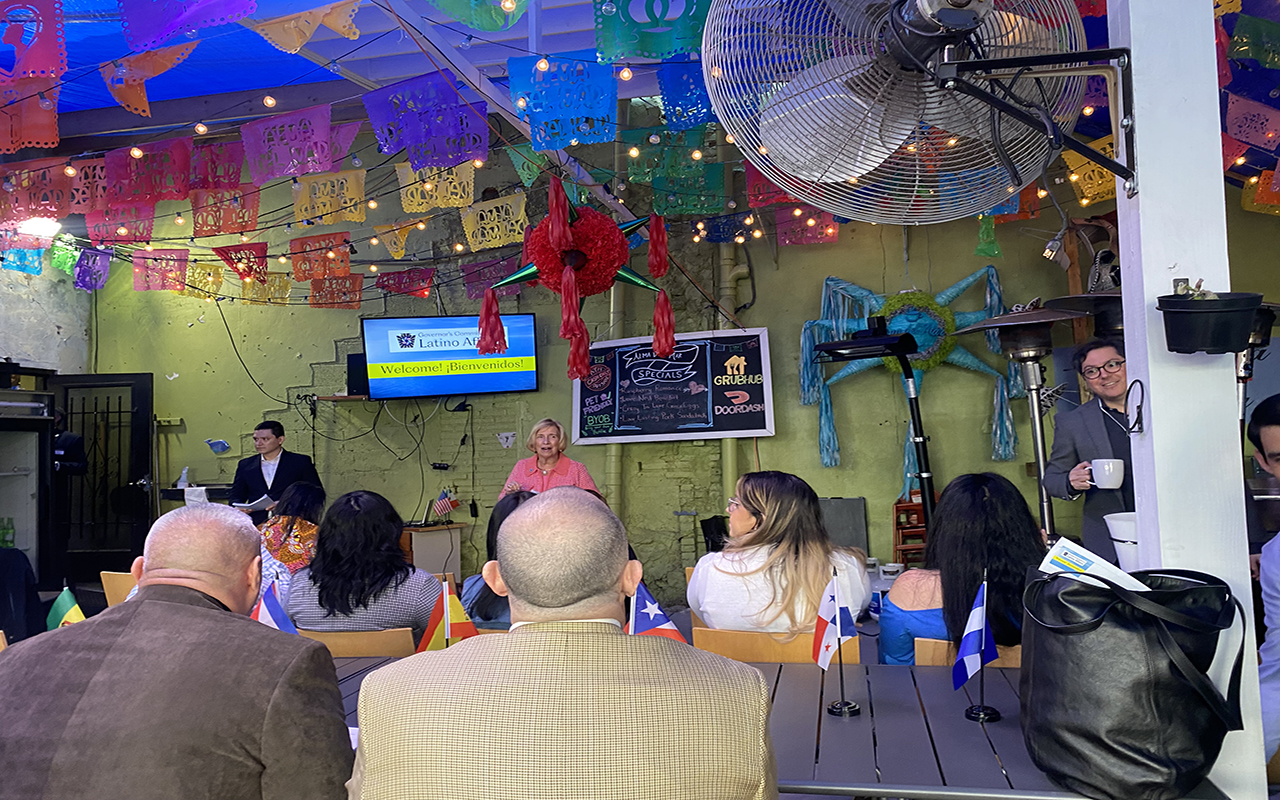

LEAVE A COMMENT:
Join the discussion! Leave a comment.